THE British Medical Association has urged the government to explain on why it did not publish "the full report" on the pandemic’s disproportionate impact on black, Asian and minority ethnic (BAME) communities.
On Thursday (11), a British-Indian academic, who had peer-reviewed a recent Public Health England inquiry paper on tackling the higher Covid-19 risks faced by BAME communities, revealed that the recommendations laid out had not been published.
"Without recommendations there can be no actions," said Raj Bhopal, emeritus professor of Public Health at the Usher Institute, College of Medicine and Veterinary Medicine, at the University of Edinburgh.
He said the recommendations file should me immediately published, and "those who have denied its existence must apologise to the public".
The Parliament, Bhopal alleged, had "not been told the full truth".
He said the document -- with "every hallmark of a [government] report ready to go to the press" -- had recommendations and evidence from about 4,000 people and organisations.
"In the context of the pandemic there’s one thing that matters above everything else: trust. There has to be trust between the government, the professionals and the public," Bhopal told ITV News.
"My mother used to say a cup of milk takes a lot of work to make, however it only takes one drop of lemon to spoil it. That is what has happened here. So much great work has been spoiled because of the lack of communication."
In a letter to Health Secretary Matt Hancock, BMA chair Dr Chaand Nagpaul raised concerns over reports the 69 pages on recommendations "missing" from the PHE review report.
"I’m finding it inexplicable the government did not release the full report at a time not only when the BAME community suffered so disproportionately with the virus, but also at a time when there was global outcry and outrage to racial inequalities,” Nagpaul said.
“We feel [the review] hasn’t done justice to the aims of having an investigation and it has not done justice to the BAME community.
"The raison d’etre of the review was for it to be a basis for change. So a review without the recommendation was basically a statistical analysis, and it wasn’t the review we were all expecting to be published. And now we know the reason why it wasn’t published, was because it wasn’t the full report."
The letter sought a "clear response" on "why these pages and important recommendations were omitted from publication, especially when it is so critical that action is taken to save lives now and reduce race inequalities".
Nagpaul also conveyed that the BMA was "extremely disappointed" that the "points raised in our submission were not addressed in the report published on 2 June".
"It now appears that pages addressing these and the contributions from other stakeholders may have been removed from the final report," he said.
Earlier Labour’s Shadow Women and Equalities Secretary Marsha De Cordova had alleged that the government "blocked" recommendations that could save BAME lives, and called it "a scandal".
"The government''s failure to publish this review is yet another in a litany of failures to support BAME communities during Covid-19," he said, adding that the minorities "cannot wait any longer for action to tackle racial injustice".
Last week, Hancock had announced that Equalities Minister Liz Truss would be lead a further review into the factors behind the ethnic variations of Covid-19 impact in the country.
The initial PHE review, published on June 2, had indicated that BAME people were at a higher risk of dying due to Covid-19.
Critics as well as groups such as the BMA and British Association of Physicians of Indian-origin (BAPIO) had panned the review over the lack of any corresponding recommendations.
“The report has failed to give us direction, and therefore it lacks teeth,” said BAPIO chairman Dr JS Bamrah, had said.
The association's secretary, Prof Parag Singhal, said the issue was "another nail in the coffin of equality and transparency unless the government acts swiftly to correct the anomaly".
The PHE has now said that it plans to publish further details next week.
"The government commissioned PHE to conduct an epidemiological review to analyse how different factors can impact on people’s health outcomes from Covid 19. This was published in full on the 2 June," it said.
"In parallel, Prof Kevin Fenton, on PHE’s behalf, engaged with a significant number of individuals and organisations within the BAME community, to hear their views, concerns and ideas about the impact of Covid-19 on their communities.
"This important engagement work will inform the work the equalities minister is now taking forward. We intend to both formally submit this work to the minister next week, and will publish it at the same time."





 Diljit Dosanjh and Prabal Gurung attend the 2025 Met GalaGetty Images
Diljit Dosanjh and Prabal Gurung attend the 2025 Met GalaGetty Images 








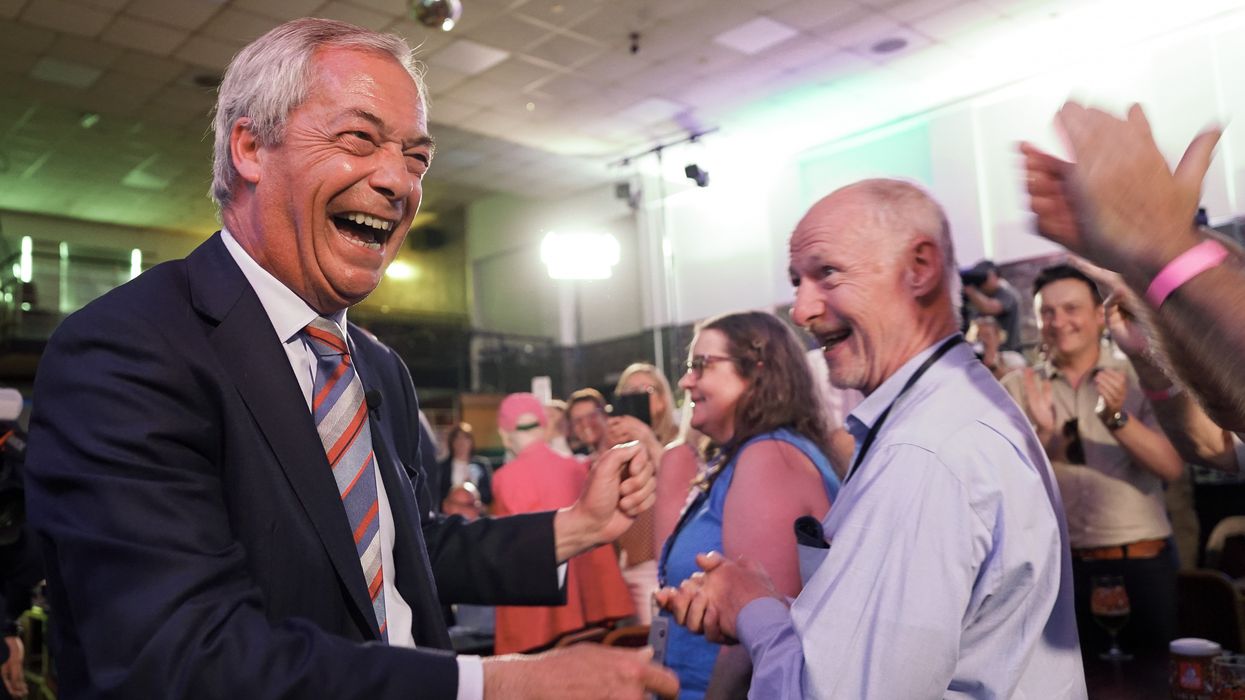

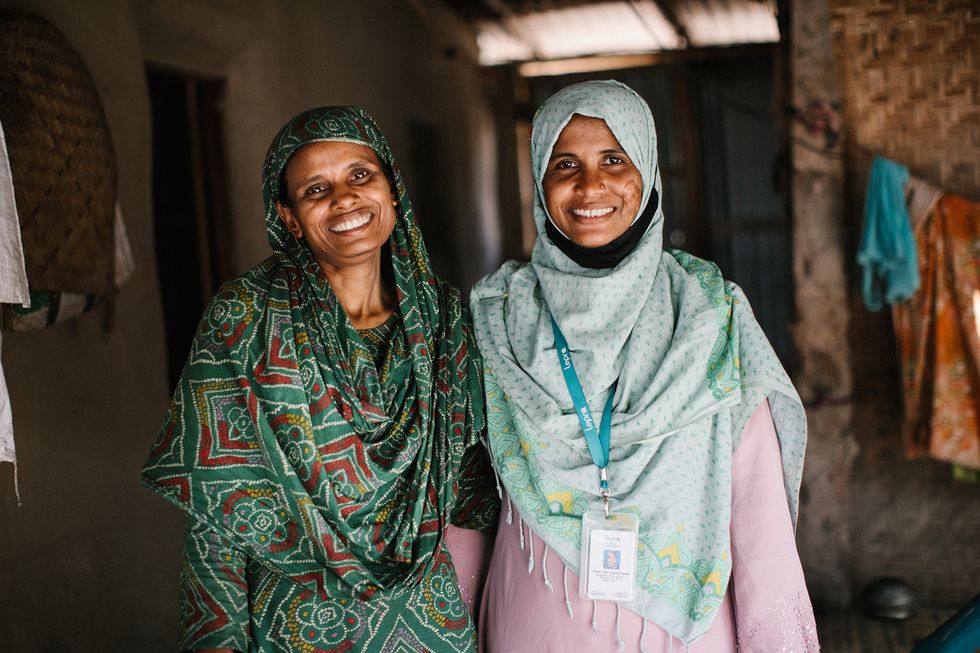 Firoza and RupaliTom Bradley
Firoza and RupaliTom Bradley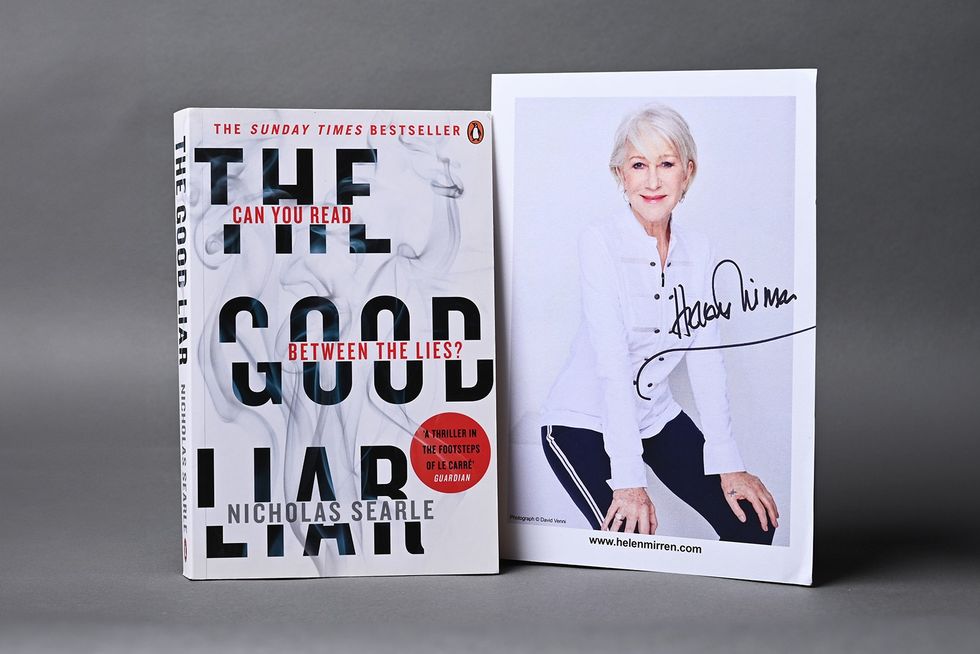



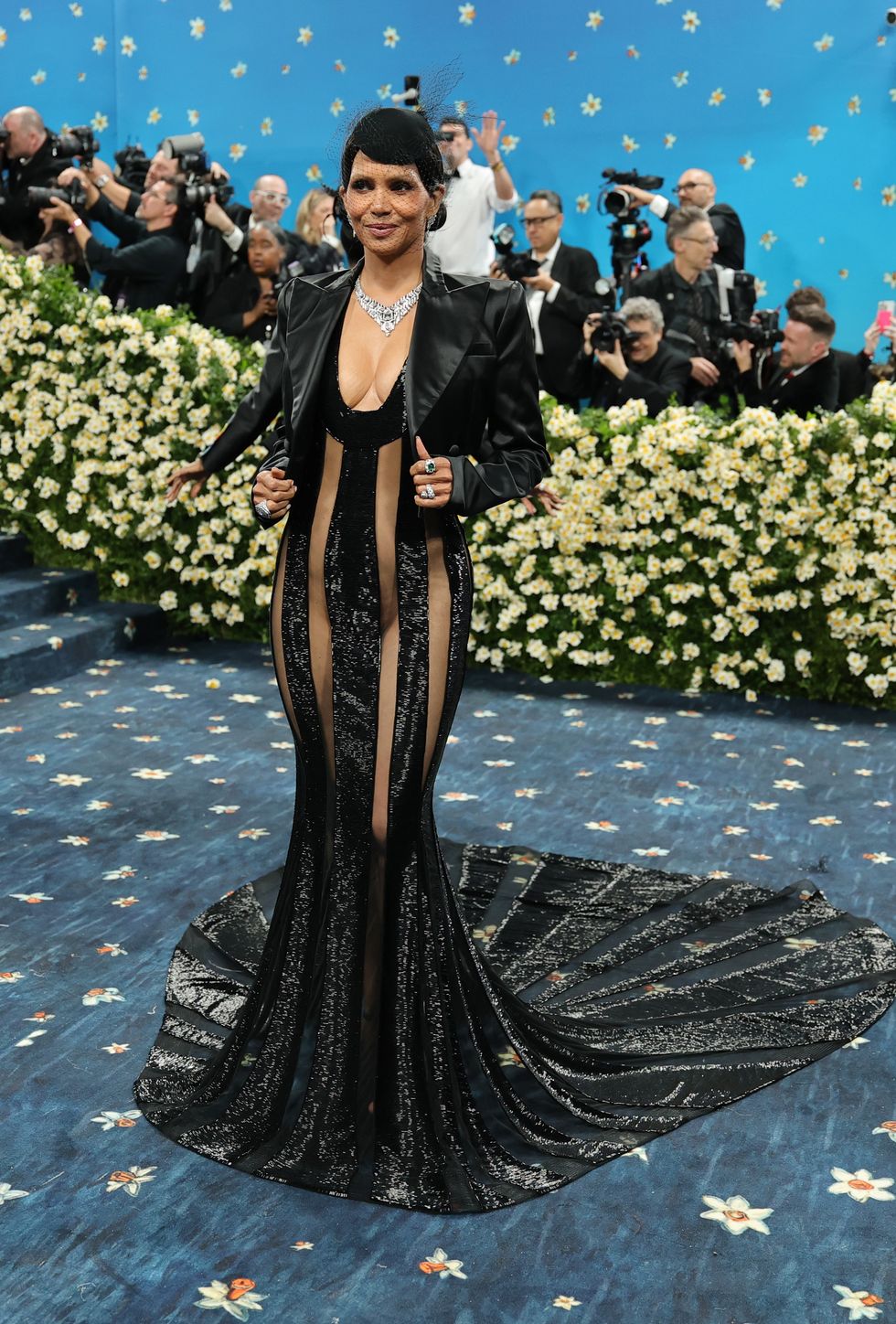 Halle Berry stuns in a sheer black gown that divided the internetGetty Images
Halle Berry stuns in a sheer black gown that divided the internetGetty Images  Lisa’s bodysuit drew backlash after fans spotted a controversial detailGetty Images
Lisa’s bodysuit drew backlash after fans spotted a controversial detailGetty Images 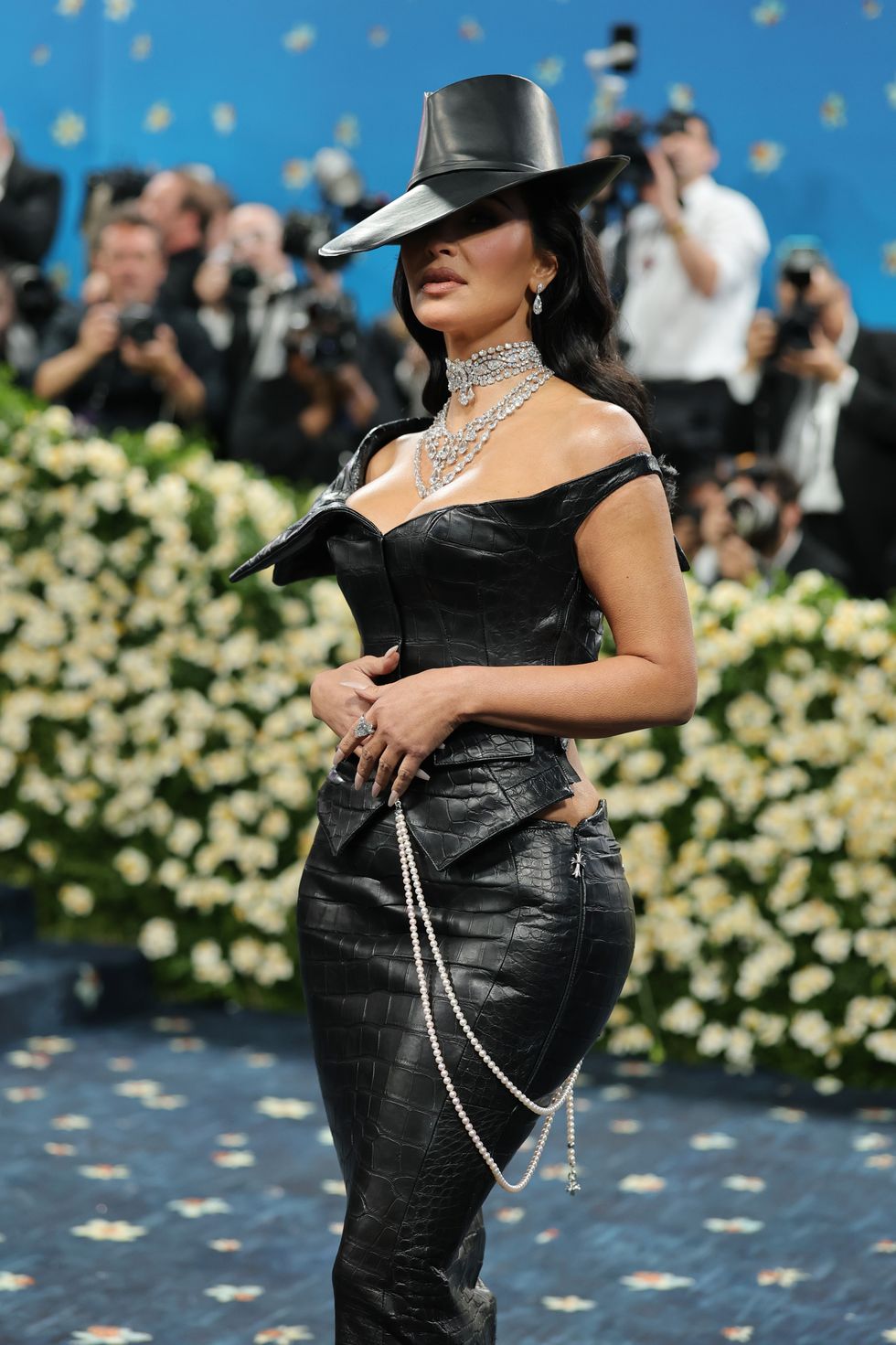 Kim Kardashian hides behind a chrome mask in her futuristic Balenciaga look Getty Images
Kim Kardashian hides behind a chrome mask in her futuristic Balenciaga look Getty Images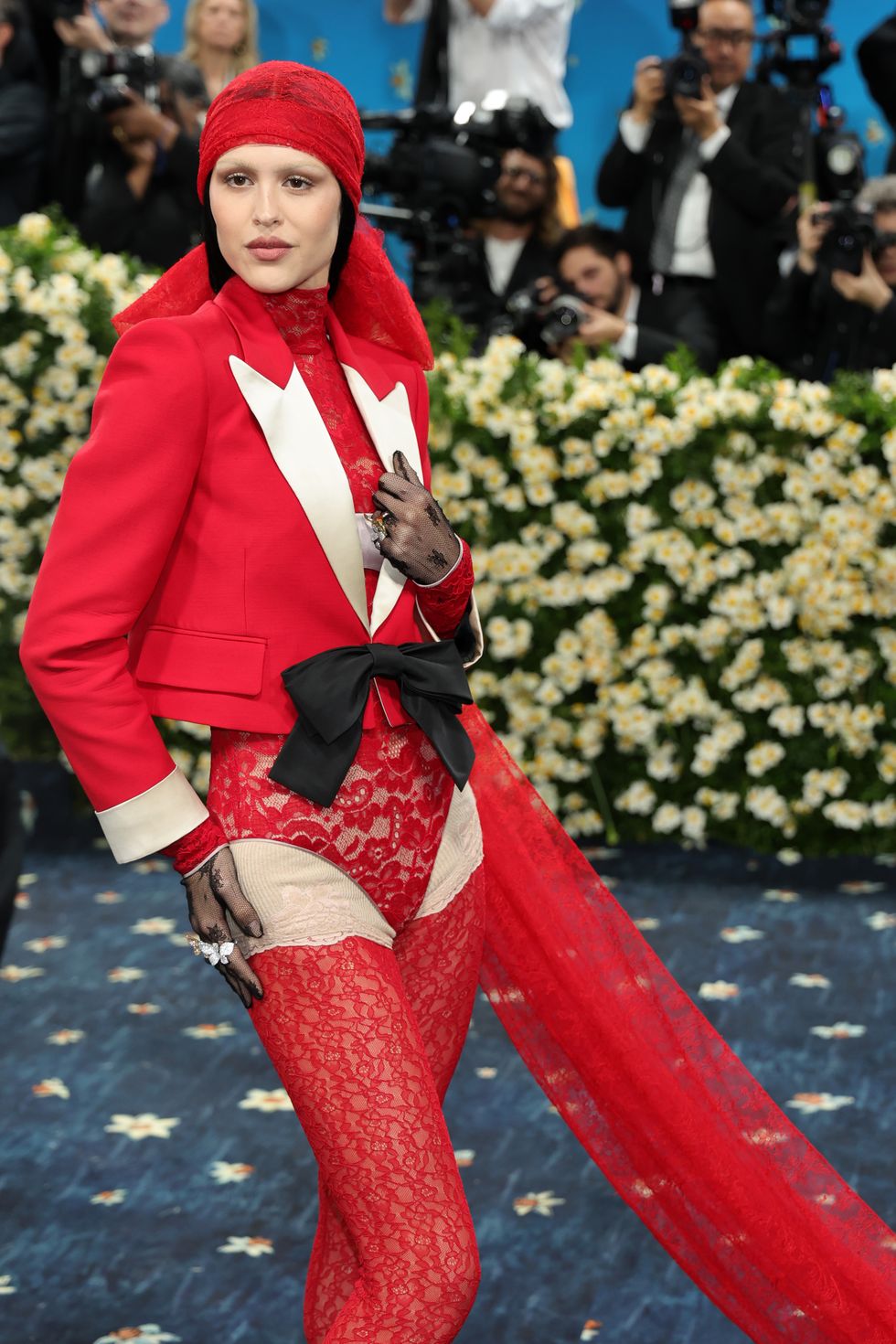 Amelia Gray goes bold with a no pants red Valentino ensembleGetty Images
Amelia Gray goes bold with a no pants red Valentino ensembleGetty Images André 3000 arrives with a baby grand piano on his back and a rubbish bagGetty Images
André 3000 arrives with a baby grand piano on his back and a rubbish bagGetty Images No pants plenty of opinions the bold red carpet trend that stole the spotlight and sparked debateGetty Images
No pants plenty of opinions the bold red carpet trend that stole the spotlight and sparked debateGetty Images